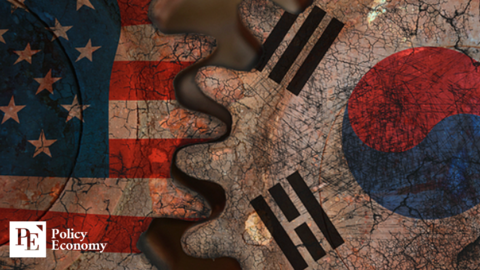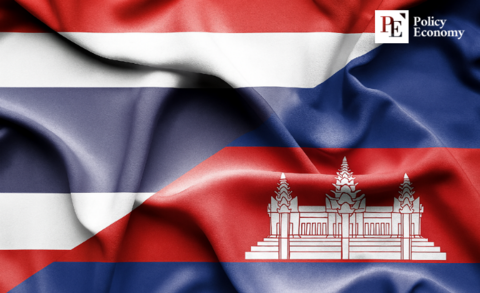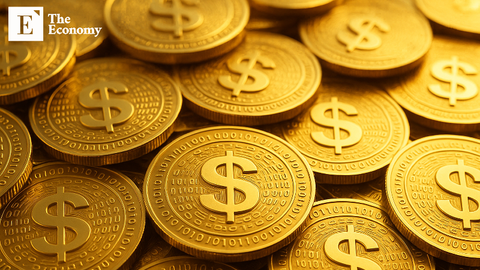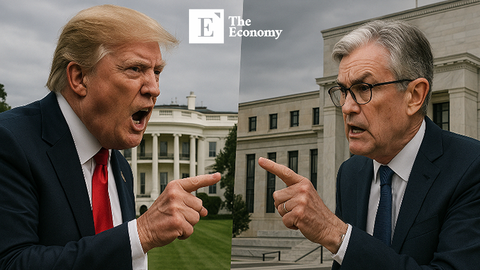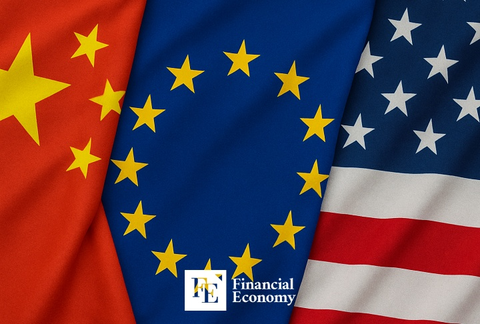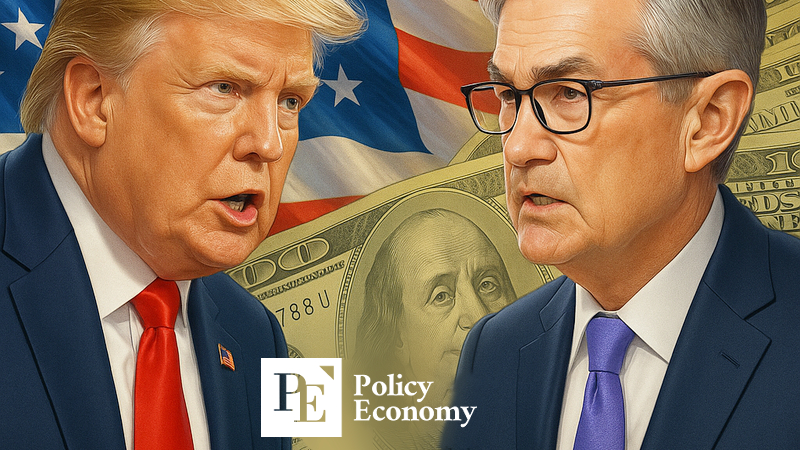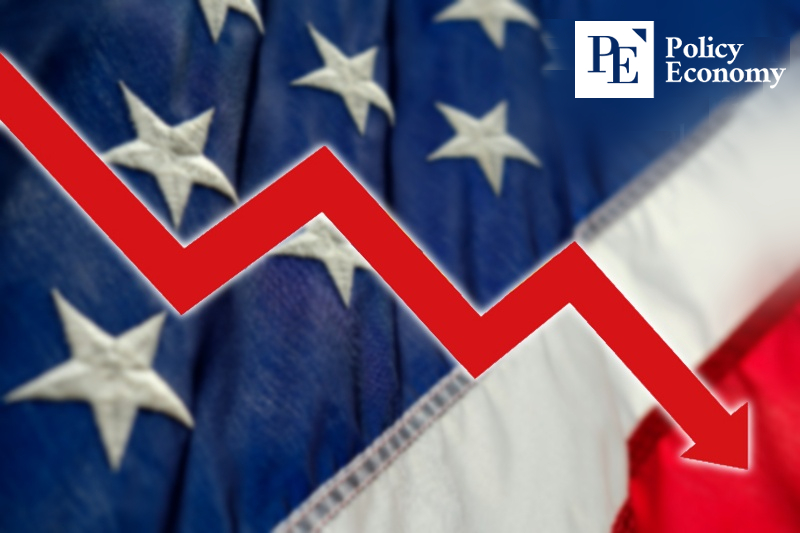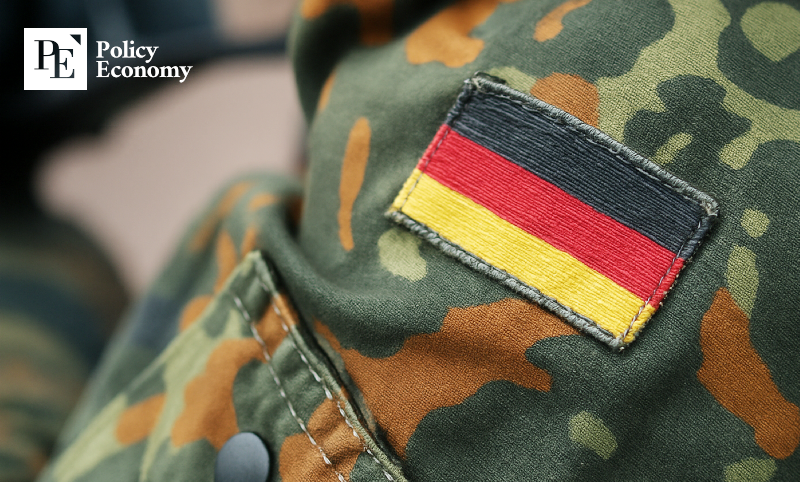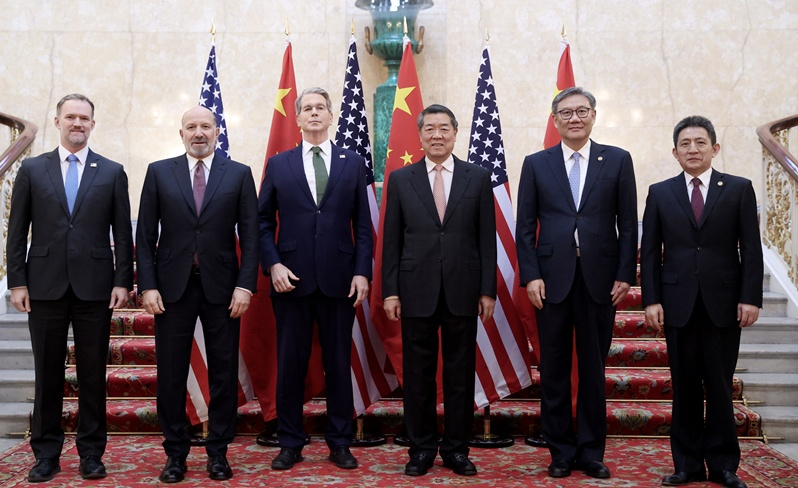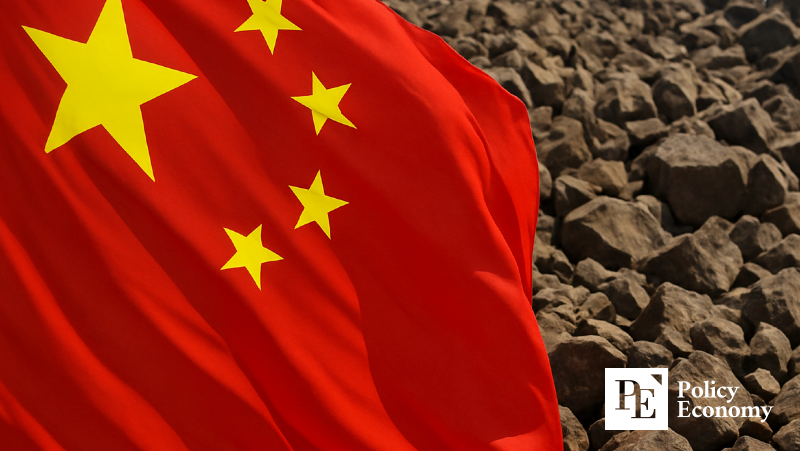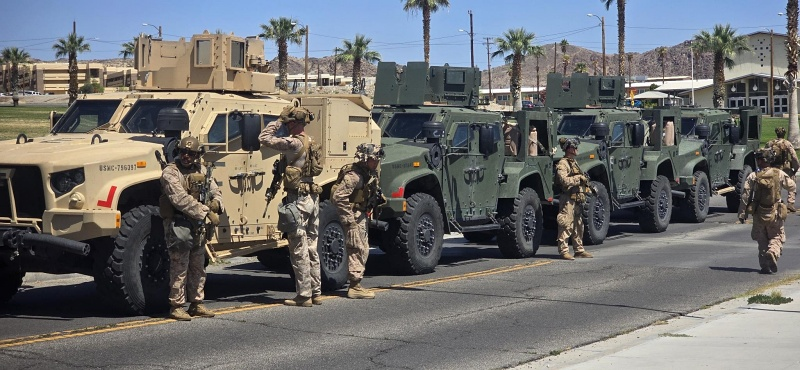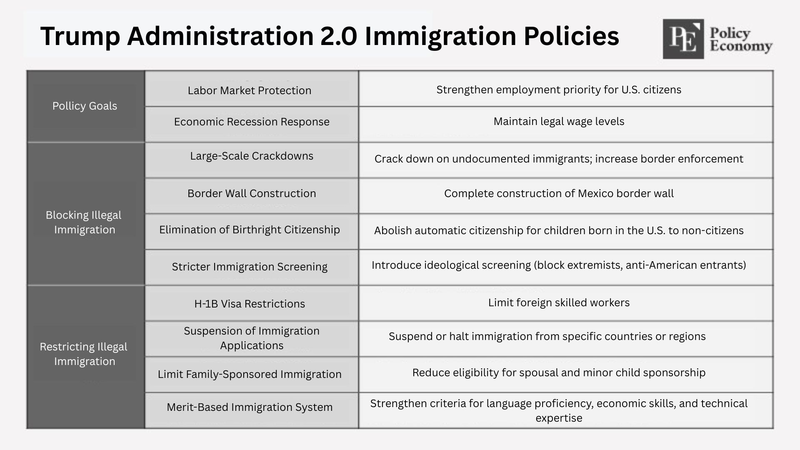"Block China's Indirect Exports" – U.S. Imposes Up to 3,500% Tariffs on Solar Products from Four Southeast Asian Countries
Input
Changed
U.S. ITC Slaps Solar Tariffs on Four ASEAN Member States Local U.S. solar companies requested the tariffs Chinese firms reduce indirect exports and build production bases in the U.S.
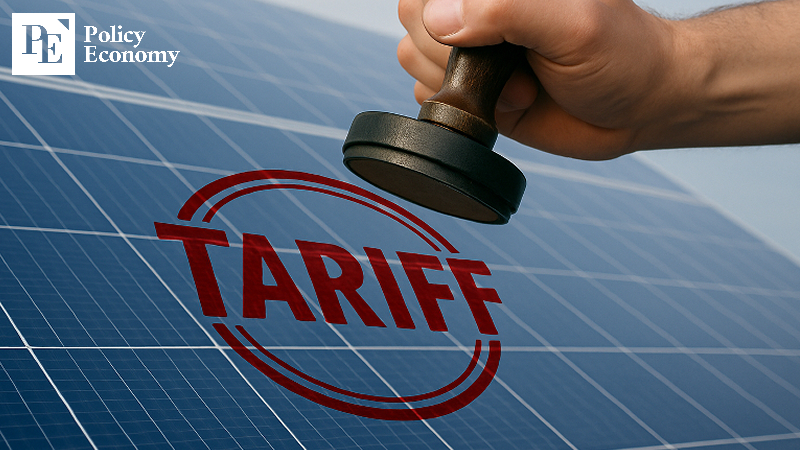
The global solar industry is caught in the crossfire of deepening geopolitical and economic rivalries. As the world transitions toward renewable energy, solar panel manufacturing has become both a symbol of industrial progress and a battlefield of trade disputes. At the center of this latest conflict is the United States, which has imposed shockingly high tariffs—reaching up to 3,500%—on solar products imported from four Southeast Asian countries. But this is not simply a regional trade adjustment. At its core, the sweeping U.S. decision is a strategic strike against what Washington sees as China's backdoor access to the American market through third-party countries. As Chinese firms seek ways to adapt, and American solar manufacturers call for protection, a new era of solar supply chain realignment is rapidly taking shape.
U.S. Ramps Up Crackdown on Southeast Asian Solar Imports
On June 10, Nikkei Asia reported that the U.S. International Trade Commission (ITC), backed by recommendations from the Department of Commerce, had announced massive anti-dumping and countervailing duties on solar panels and cells imported from Malaysia, Vietnam, Thailand, and Cambodia—four ASEAN member states that have become key players in global solar exports. The tariffs vary significantly by country, reflecting the degree of perceived compliance or non-cooperation during the U.S. investigation. Thailand will face tariffs ranging from 375% to 972%, Vietnam from 120% to 813%, and Malaysia from 14% to 250%.
But the most dramatic action was taken against Cambodia, a close ally of China and the country deemed least cooperative during the U.S. inquiry. According to the U.S. Department of Commerce, Cambodian solar manufacturers refused to fully engage with American investigators, leading to punitive tariffs ranging from 650% to a staggering 3,500%. The escalation follows a series of actions earlier this year, including Cambodian firms’ withdrawal from participating in U.S. anti-dumping investigations back in March—decisions that only deepened U.S. suspicions.
These tariffs come amid broader concerns that the U.S. solar market is being flooded with cheap products manufactured by Chinese firms, not directly from China, but from facilities strategically located across Southeast Asia. The U.S. government believes this has severely disrupted fair competition and undermined the country’s efforts to build its own clean energy manufacturing base.
Domestic Pressure and China’s Strategic Retreat
At the heart of the U.S. crackdown lies the growing frustration among domestic solar manufacturers. In 2023, a coalition of seven American solar companies—including major players like Hanwha Q CELLS USA and First Solar—formed the American Alliance for Solar Manufacturing Trade Committee. They submitted a formal petition to the government claiming that solar products imported from Malaysia, Vietnam, Thailand, and Cambodia were being sold below the cost of production. These firms pointed to years of declining prices and shrinking profit margins, blaming a wave of dumped products that had destabilized the domestic solar industry.
But their criticism extended beyond pricing. The alliance asserted that many of the factories producing these imported solar panels were actually owned or operated by Chinese companies. Their core accusation was that Chinese firms—already subject to earlier rounds of tariffs—had established or expanded their operations in Southeast Asia specifically to sidestep those trade restrictions. This so-called “transshipment” practice allowed Chinese products to enter the U.S. market under the guise of Southeast Asian origin, effectively nullifying the impact of earlier duties.
The impact has been profound. According to the Korea Energy Economics Institute, around 80% of all solar products imported into the United States now come from just these four countries. The flood of low-cost imports has driven U.S. manufacturers to the brink, prompting urgent calls for trade protectionism.
In response to the shifting regulatory environment, several Chinese solar companies have already begun scaling back operations in Southeast Asia. LONGi Green Energy, one of the world’s largest solar firms, halted production at five of its Vietnamese lines last year and has since cut back output in Malaysia. Trina Solar also decided to limit its production in the region, and Jinko Solar took more drastic action by shuttering its Malaysian factory altogether.
This retrenchment signals a turning point for Chinese firms. Southeast Asia, once seen as a safe and cost-effective haven for export manufacturing, is now fraught with rising compliance risks and geopolitical complications. Chinese companies are consequently looking elsewhere to diversify their production footprints. According to Yana Khrushchova, Head of Global Solar Supply Chain Research at Wood Mackenzie, the next manufacturing hotspots could be Indonesia, Laos, or even the Middle East. Some companies are already exploring relocation options, while others are holding off until the final structure of U.S. tariffs becomes clearer.
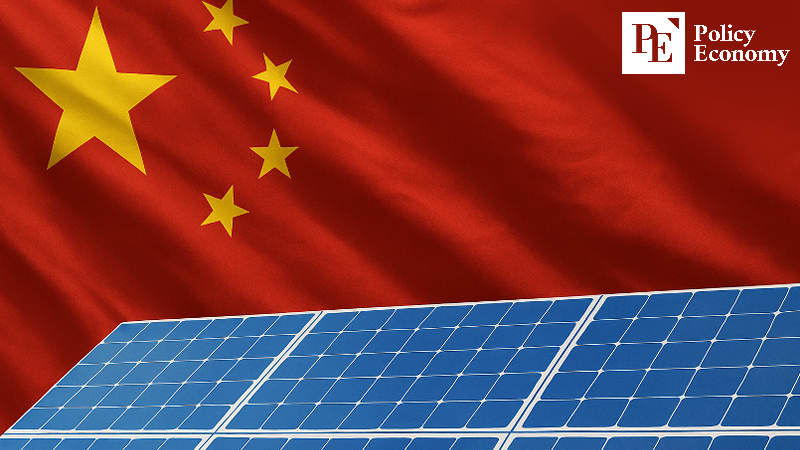
Chinese Giants Double Down on U.S. Soil
Faced with higher tariffs and growing scrutiny, Chinese solar firms are shifting gears—not just geographically, but strategically. One of the most striking developments is the rise of China-backed solar manufacturing inside the United States itself. Chinese companies are no longer just trying to bypass tariffs; they are embedding themselves in the U.S. market through direct investment and local partnerships.
LONGi Green Energy, in collaboration with American renewable energy firm Invenergy, has established a joint venture named Illuminate. Based in Ohio, Illuminate operates a massive 5-gigawatt (GW) solar panel assembly plant. The facility is already producing nearly nine million panels annually and employs more than 1,000 U.S. workers, blending Chinese capital and know-how with American labor and regulatory compliance.
Trina Solar is following a similar path. The company is constructing another 5GW solar panel facility in Texas, expected to be operational in the near future. And this is just the beginning. According to Reuters, Chinese firms are on track to build up at least 20GW of solar panel manufacturing capacity in the U.S. by 2026, which would amount to nearly half of the total U.S. solar market. If realized, this could allow Chinese companies to maintain their dominant position in the industry while minimizing exposure to future trade restrictions.
These moves reflect a deep recalibration of China’s solar export strategy. By localizing production within the U.S., Chinese manufacturers can both serve the world’s second-largest solar market and insulate themselves from the growing risk of protectionist trade policy. For Washington, the situation presents a paradox: while aiming to weaken China’s grip on the solar supply chain, its own market dynamics and manufacturing gaps are inviting Chinese firms to set up shop on American soil.
In the broader landscape, this moment marks a transformation not only in solar supply chains but in the geopolitics of clean energy. As the U.S. takes aim at indirect exports and tariffs become sharper weapons in trade wars, solar power is no longer just about photons and panels. It’s about power—both electrical and political—and which nations will control the flow of both.


